The Top 9 Digital Transformation Solutions for Credit Unions in 2026

The 2026 Shift: From Digitization to Digital Certainty
Digital transformation in credit unions has entered a new phase. Going digital isn’t enough anymore. The mission for 2026 is digital certainty: combining the speed and intelligence of fintech with the trust and protection your members expect.
Generative AI has made deepfakes, synthetic identities, and automated fraud mainstream. Legacy systems can’t keep up. To lead in this environment, credit unions must modernize with platforms that accelerate operations and protect every transaction.
This blueprint highlights three pillars of transformation - operational excellence, risk mitigation, and growth through member experience - and the nine technologies driving them. But all of it depends on one thing: a unified foundation of digital trust.
The Foundation: Unified Digital Trust
Most CIOs are weighed down by vendor sprawl. Separate tools for eSign, ID verification, remote online notarization (RON), and fraud detection add cost, friction, and risk. Proof eliminates that complexity.
As the Identity Authorization Network, Proof unifies legal and identity functions across every transaction:
- One platform for trust. Proof combines high-assurance eSign and remote online notarization (RON) into one secure workflow. Members can complete critical documents like POAs or affidavits anytime, anywhere.
- Security built in. Proof uses IAL2 identity verification and advanced fraud intelligence to stop deepfakes and synthetic identities before they reach your systems.
- Persistent identity. With Certify, every verified user is cryptographically bound to their actions and documents, creating an unalterable audit trail for every transaction.
Proof becomes the trust layer that powers every innovation below. It is the foundation that lets credit unions grow quickly and securely.
With the trust foundation in place, credit unions can now focus on what transformation is meant to deliver: faster operations, stronger defenses, and deeper member engagement. These next three pillars define how that transformation takes shape.
Pillar 1: Operational Excellence
Automation and intelligence now define operational strength. These technologies cut costs, remove errors, and give teams time to focus on what matters most: serving members.
1. Agentic AI and Workflow Orchestration
Agentic AI automates complex, multi-step processes across departments. Tools like Creatio and Microsoft Power Automate connect systems that never talked before, turning multi-week workflows into real-time actions. The result is faster decisions and more consistent member experiences.
2. AI-Powered Lending Decision Engines
Platforms such as Zest AI and Scienaptic AI use machine learning and alternative data to make faster, fairer lending decisions. They help credit unions expand portfolios, approve thin-file borrowers, and fund loans in minutes while meeting regulatory standards.
3. Robotic Process Automation (RPA) at Scale
RPA tools like UiPath and Automation Anywhere handle repetitive, rule-based tasks across the back office. They reduce manual reentry, eliminate errors, and improve accuracy across systems. For many credit unions, RPA delivers the fastest return on investment in the entire digital transformation roadmap.
Pillar 2: Data Strategy and Risk Mitigation
As regulation tightens and fraud grows more advanced, data and risk strategies must work together. These platforms help credit unions protect member information, maintain compliance, and stay audit-ready without slowing innovation.
4. Data Fabric / Mesh Architecture
Data fabric solutions like Cloudera and Qlik Talend unify access to data across every system without the pain of full migration projects. They establish one governed source of truth that improves analytics, simplifies reporting, and ensures compliance-ready accuracy.
5. Permissioned Data Orchestration (PDS)
Permissioned data orchestration platforms such as Plaid allow credit unions to securely access a member’s external financial data through Open Banking APIs, always with consent. This turns static records into dynamic financial profiles that support personalization, smarter underwriting, and better service.
6. Real-Time Fraud & Behavioral Biometrics
Behavioral analytics platforms like BioCatch create a behavioral signature for each member based on their keystrokes, gestures, and navigation patterns. If something looks off, it flags the session in real time. When combined with a critical authorization point (like Proof Certify), this forms a two-layer defense that verifies liveness and identity before high-risk actions like wire transfers.
Pillar 3: Growth and Member Experience
Growth comes from meeting members wherever they are—on any device, at any time. These technologies expand access, strengthen loyalty, and open new revenue streams.
7. Embedded Finance Enablers (BaaS)
Banking-as-a-Service (BaaS) providers like Treasury Prime let credit unions embed products directly into non-financial apps and partner ecosystems. This creates new distribution channels without new branches, extending reach and relevance to digital-first members.
8. Digital Account Opening (DAO) and Loan Origination Platform
Unified origination platforms like Blend and Clutch streamline applications for both deposits and lending. With pre-fill, co-browsing, and instant funding, they drive conversion and improve member satisfaction. One consistent onboarding flow means fewer abandoned applications and faster growth.
9. Embedded Wealth & Investment Apps
Fintech integrations built on infrastructure from Marqeta or AlgoPear allow credit unions to offer investment and financial planning tools inside their mobile apps. By giving younger members access to personalized wealth tools, credit unions stay competitive and deepen lifetime relationships.
Seizing the Trust Economy
The credit unions that lead in 2026 will move fast and prove every action. Proof makes that possible. As the unified trust layer for your digital ecosystem, Proof connects identity, authorization, and legal execution in one secure network.
Your innovation stack is only as strong as its identity foundation. By consolidating trust functions with Proof, you protect members, strengthen compliance, and turn security into a competitive advantage.
Ready to replace vendor sprawl with unified digital trust?









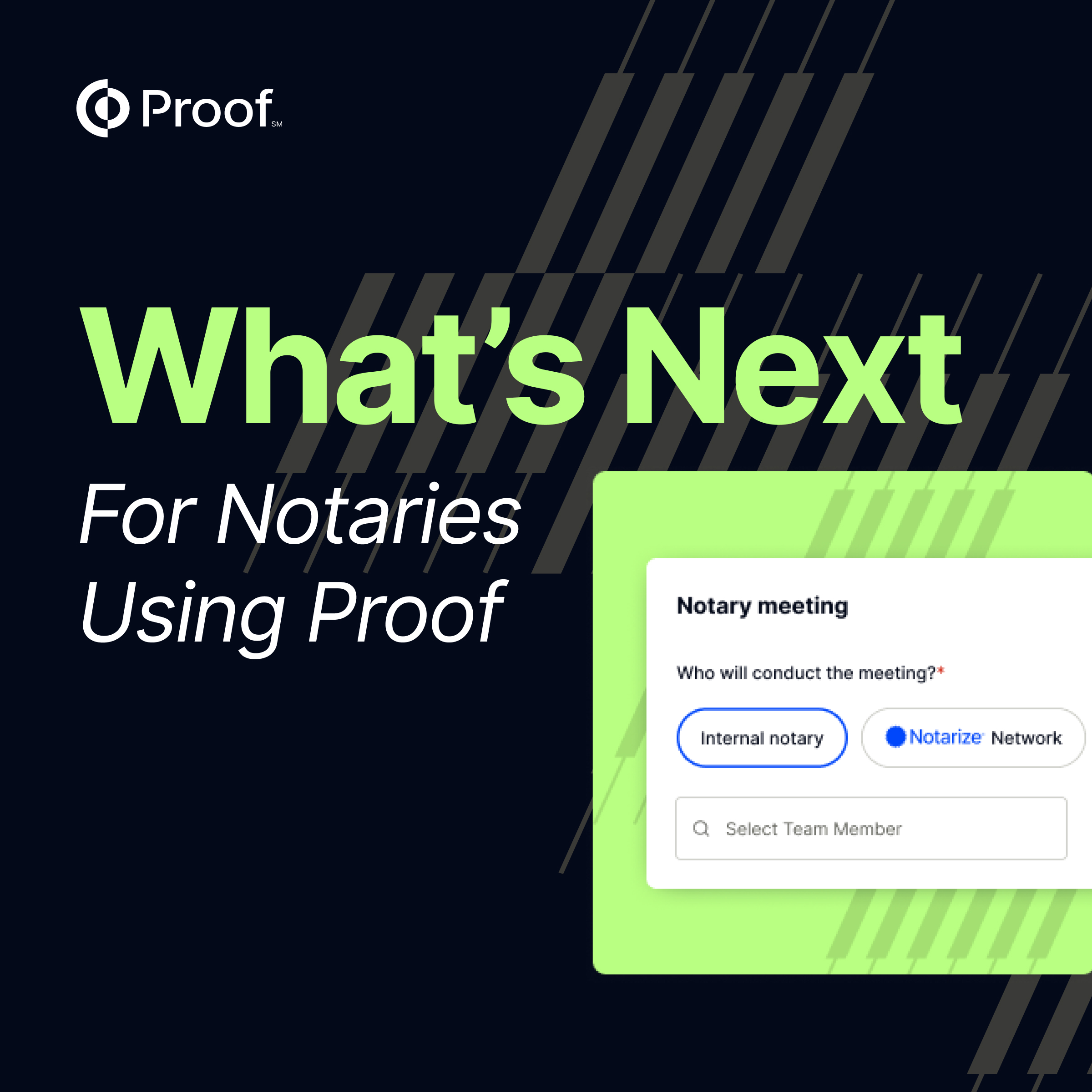






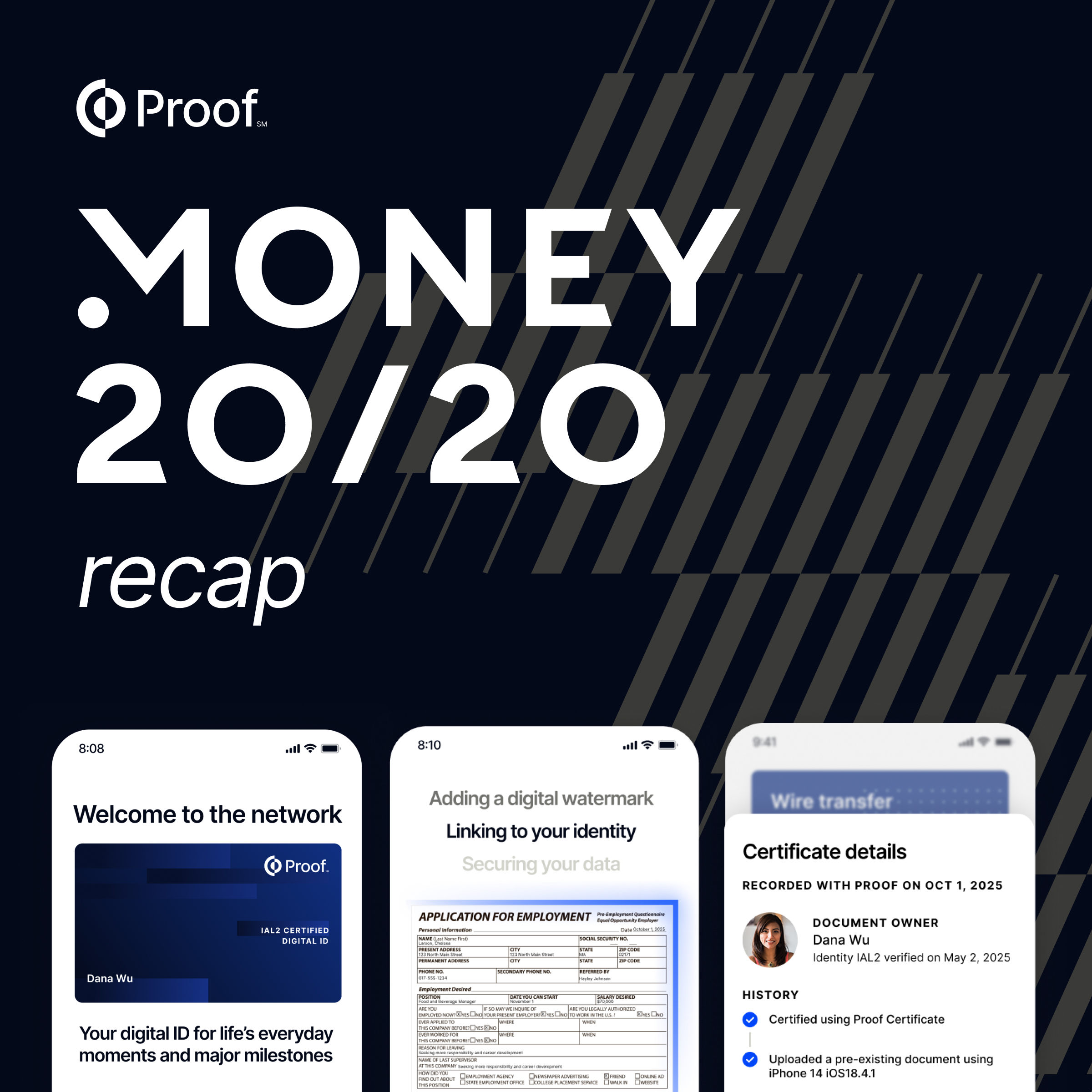






.png)


.jpg)














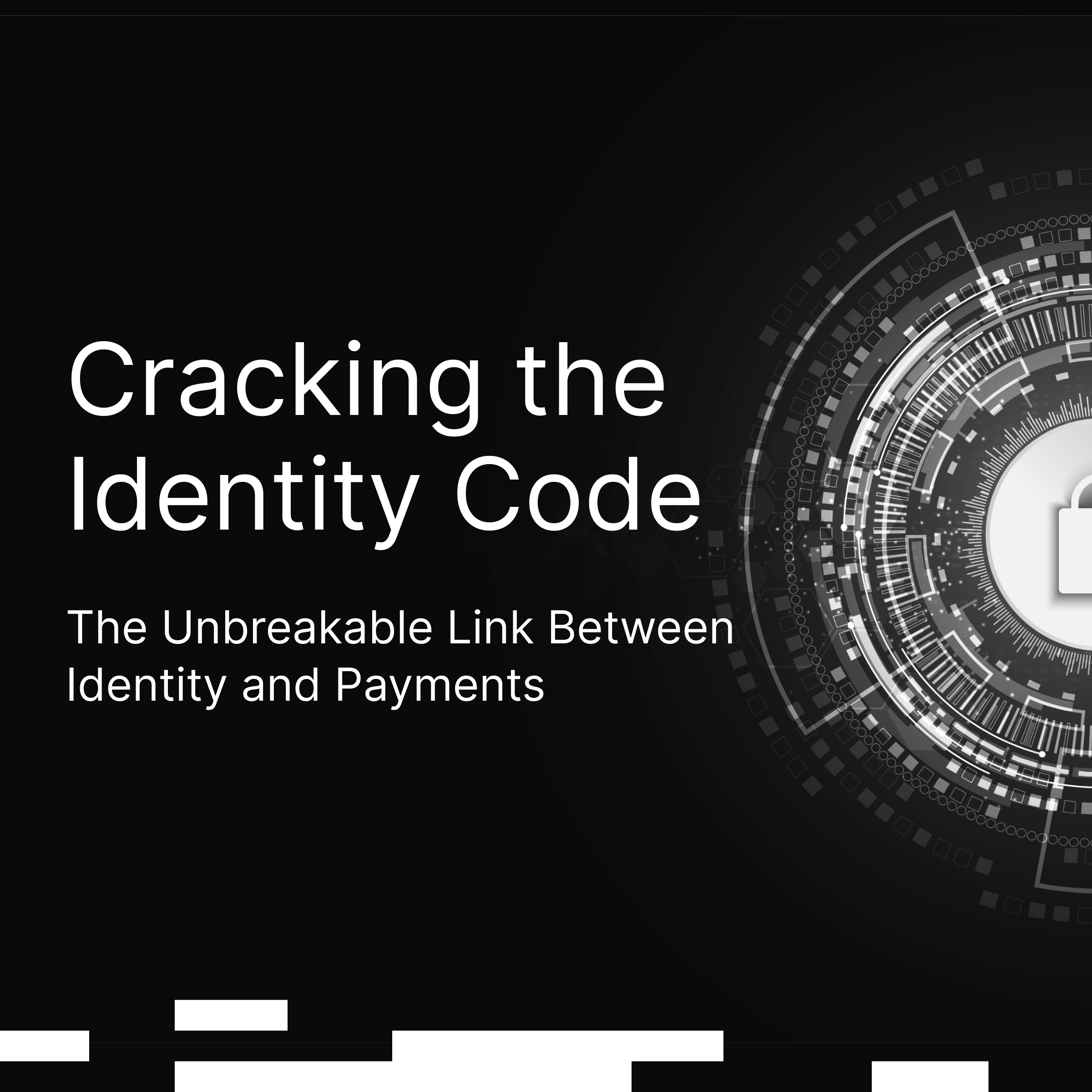


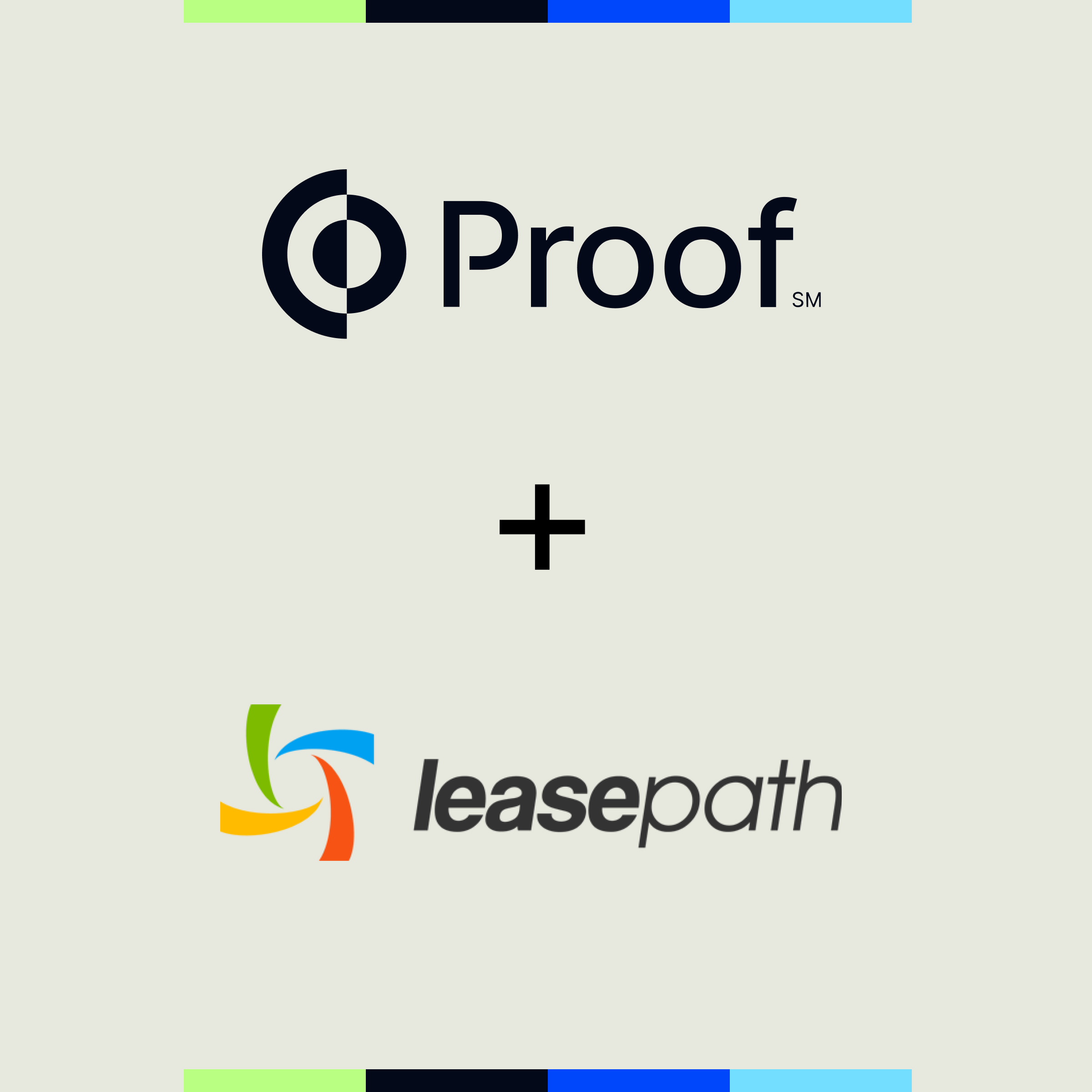


















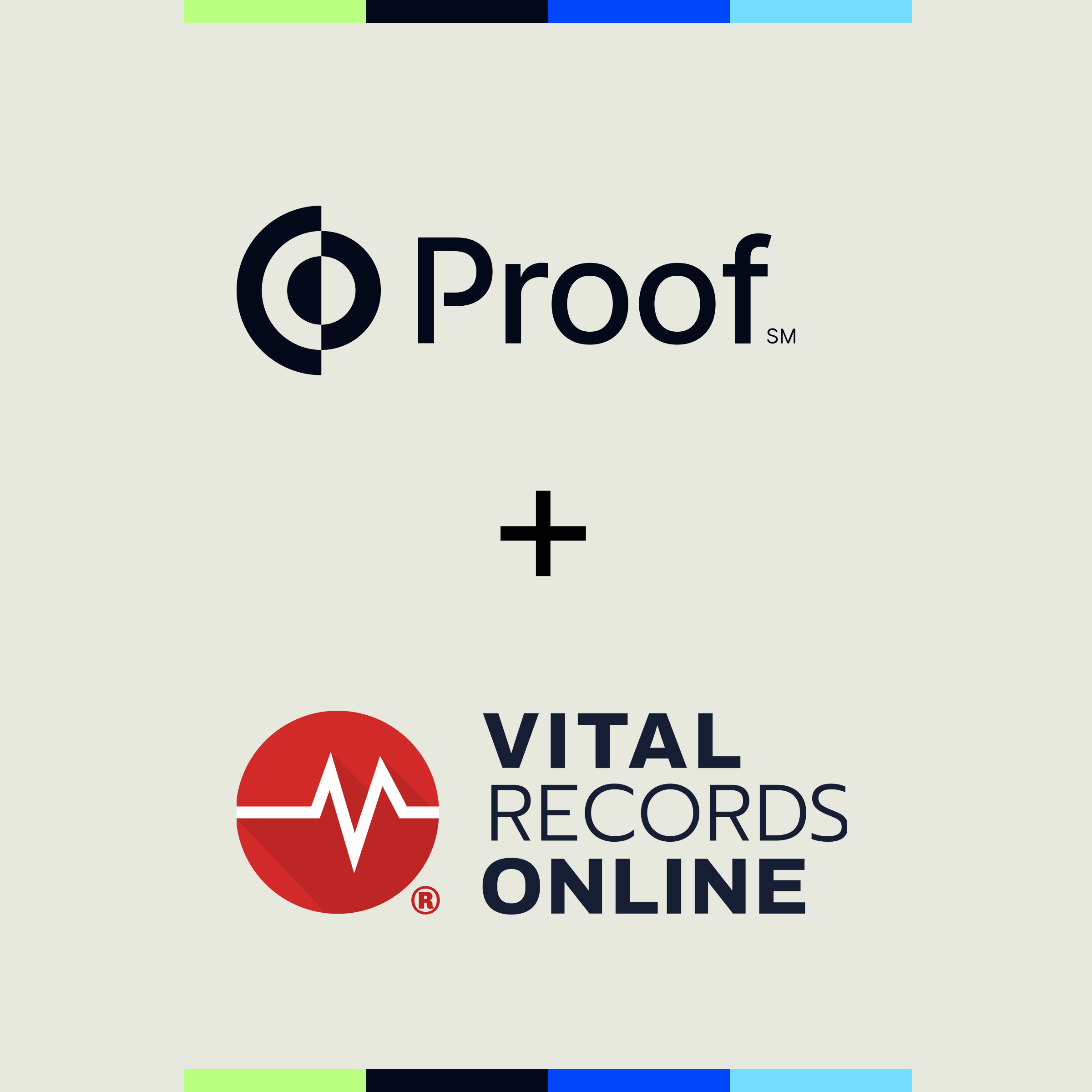








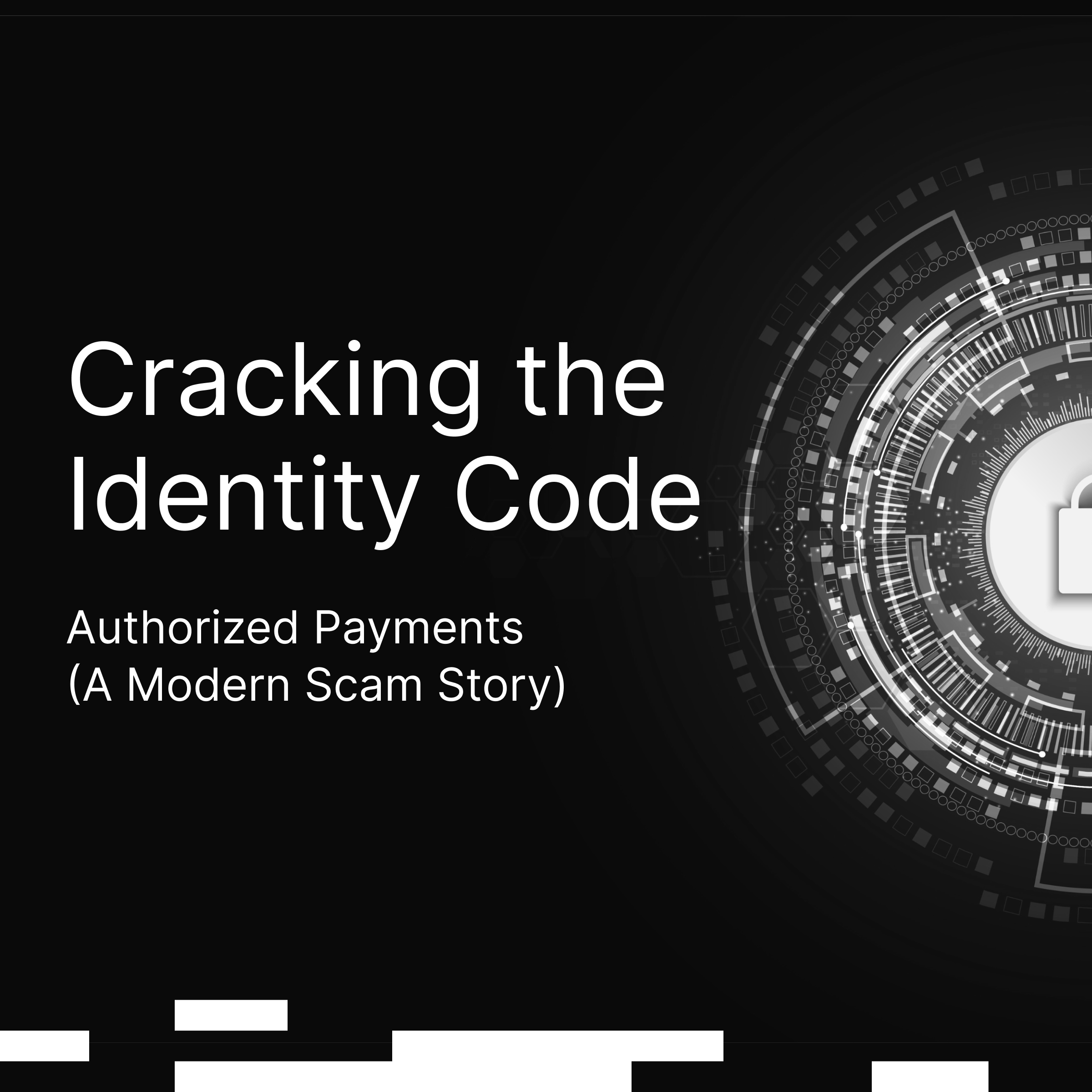










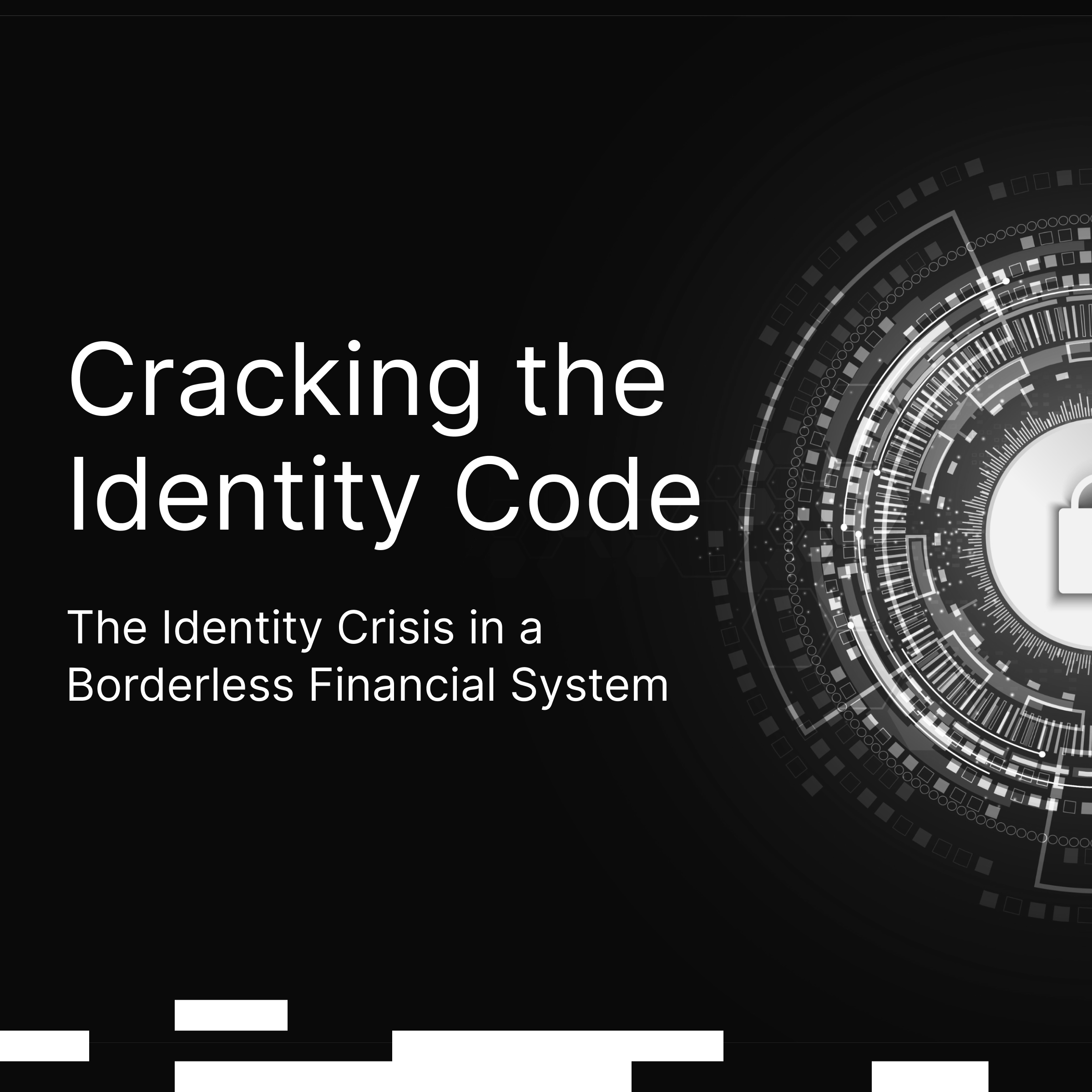








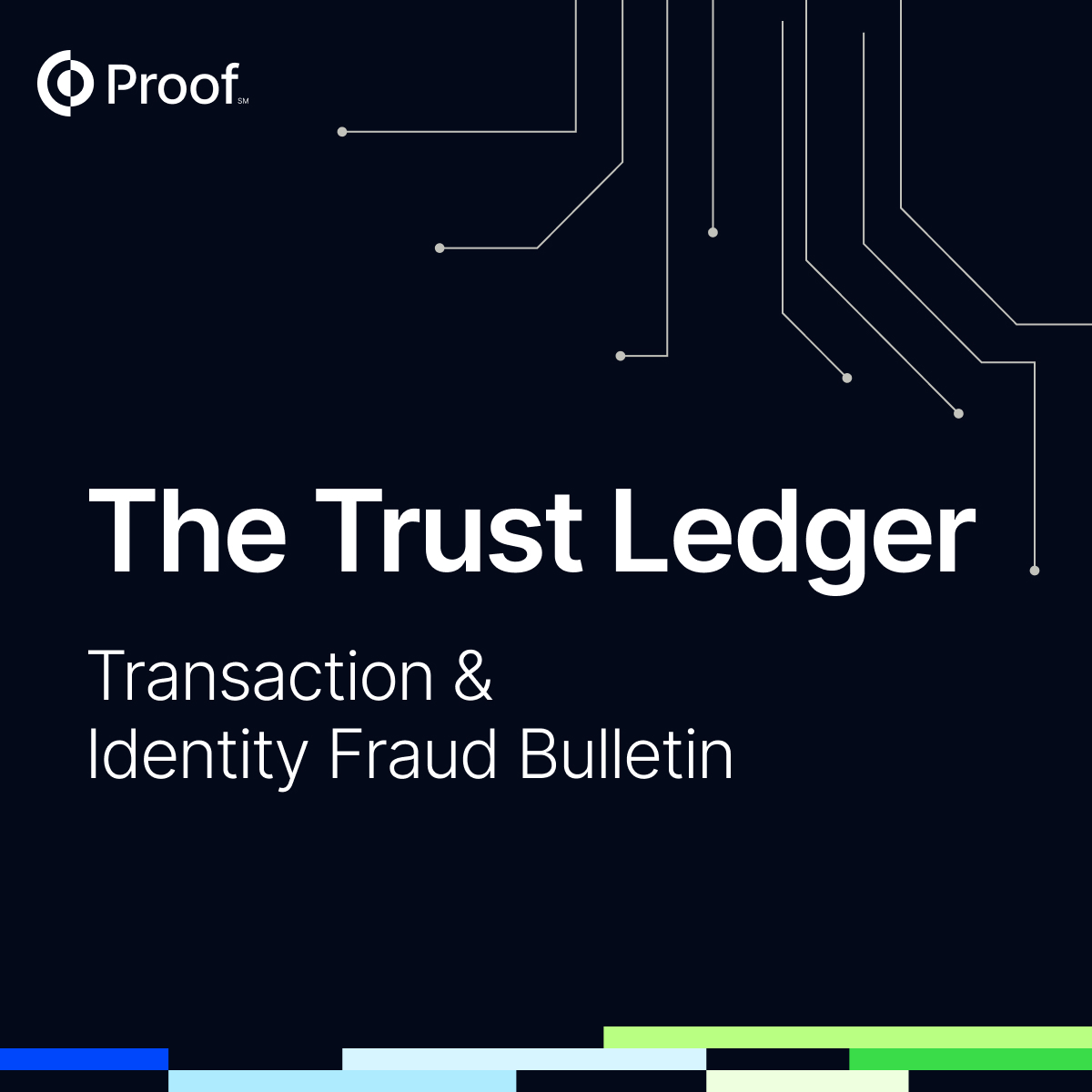







































.jpg)




